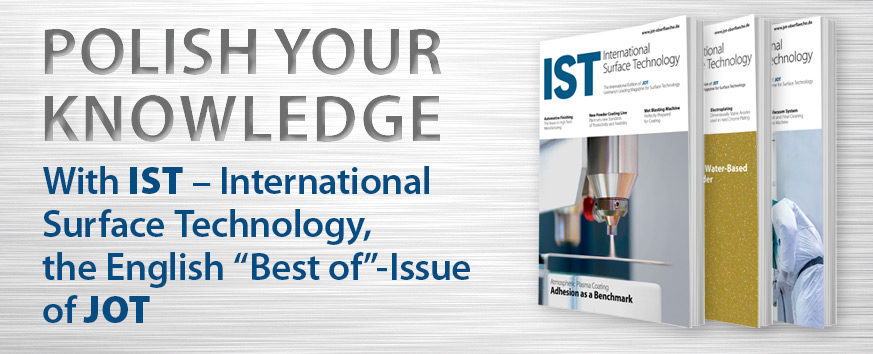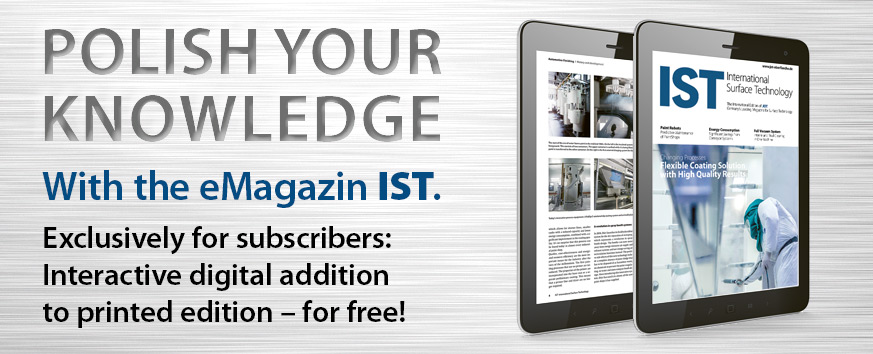Whether in industry or trade - deburring and rounding the edges of workpieces is one of the most important process steps in intermediate or final processing in the manufacture of many metallic and polymer components. One of the most widespread and easy-to-use processes in this area of surface technology is semi or fully automated deburring with machine-driven tool brushes. Brush deburring is an ideal solution, especially for users who shy away from the high investment and energy consumption of thermal and (electro)chemical processes.
Which brush type in which size and with which fill material is the optimum solution for a specific application is decided on the basis of numerous parameters. Among the primary selection criteria is the material hardness of the components to be treated. Directly related to this is the question of burr size. A clear definition of the objective is also indispensable for the correct design of deburring brushes: Is a component to be deburred all around or are only selected areas to be treated? Does a certain rounding have to be achieved or are defined roughnesses the goal?
Easy handling
The dimensions of the workpieces, the expected batch sizes (brush service life) and handling (brush change) also play a role in the selection and design of deburring brushes. In all three points, brush deburring offers considerable advantages over other processes: It is suitable for very small workpieces as well as for components weighing several tons and is independent of the question of quantity, since a correctly designed deburring brush proves to be just as efficient for batch size 1 as it is in large-scale production.
High-quality deburring brushes also prove to be an extremely economical solution, especially in fully automated applications, due to the easy tool change and sometimes long service life. Long downtimes and set-up times are eliminated and many deburring brushes can be used both wet and dry without any problems. In addition, brush deburring can be very easily integrated into existing production processes.
Autor(en): Kullen-Koti




